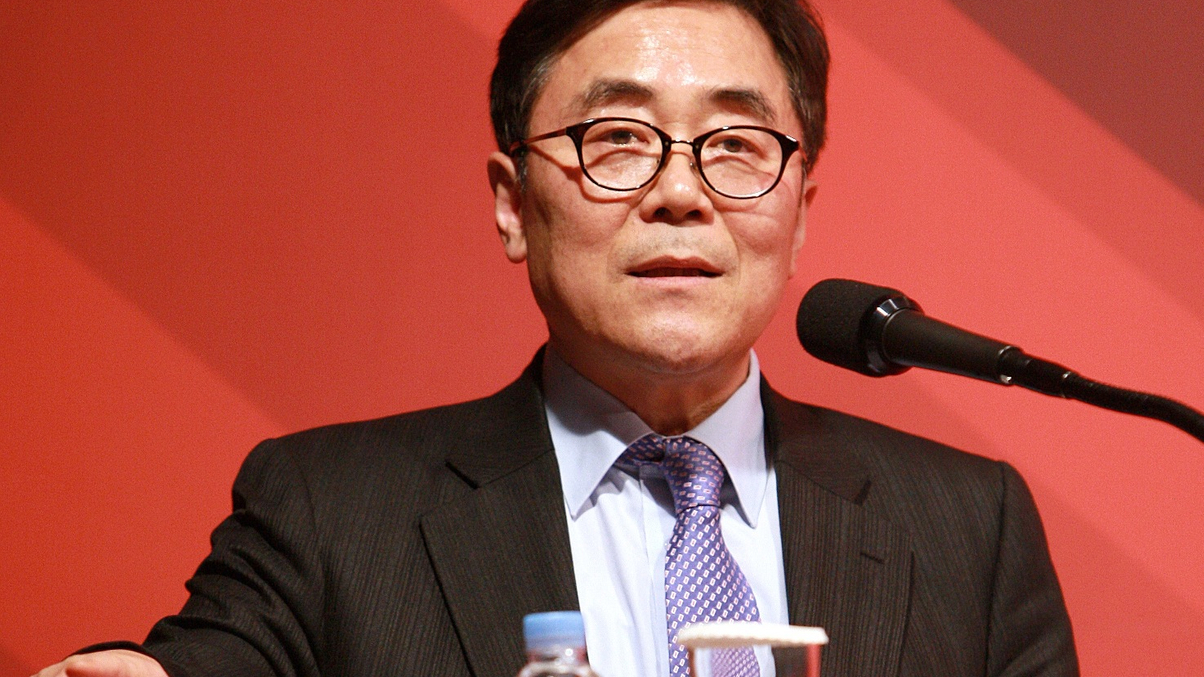Bank of Korea emboldened in diversification drive
Choo Heung-Sik, head of the central bank’s reserve management group.

The Bank of Korea manages almost $330 billion in foreign reserves and cannot invest in domestic assets originated by resident institutions, such as dollar bonds issued by Korea Development Bank.
Sign In to Your Account
Access Exclusive AsianInvestor Content!
Please sign in to your subscription to unlock full access to our premium AI resources.
Free Registration & 7-Day Trial
Register now to enjoy a 7-day free trial—no registration fees required. Click the link to get started.
Note: This free trial is a one-time offer.
¬ Haymarket Media Limited. All rights reserved.


